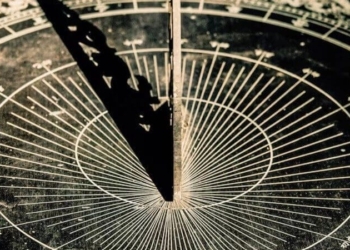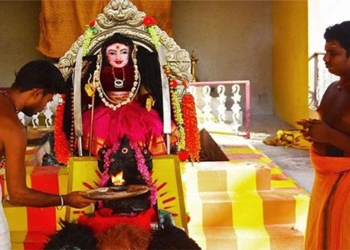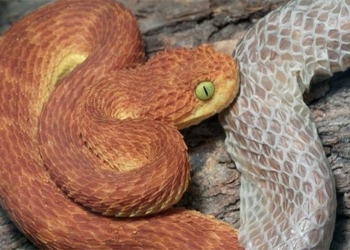The Vatican is considered one of the most powerful nations today, serving as the official residence of the Pope and other religious figures of the Catholic Church. However, it is also a place filled with many mysteries.
In February 1962, a group of Italian workers excavating the Belvedere Courtyard of the Vatican to modernize the heating and cooling systems made a surprising discovery: bones. Initially, they found four massive jawbone fragments and a large tooth, so large that they thought they had uncovered dinosaur bones.
But these were not fossilized remains: they were the remains of a recently deceased creature. To their astonishment, the workers discovered that these bones belonged to an elephant, which had been astonishingly buried beneath the Vatican.
The collection of the Vatican Library has been the site where researchers have sought anything to explain this peculiar burial. They found that the bones actually belonged to a modern elephant, and remarkably, they were even able to identify that this elephant was named “Hanno.”
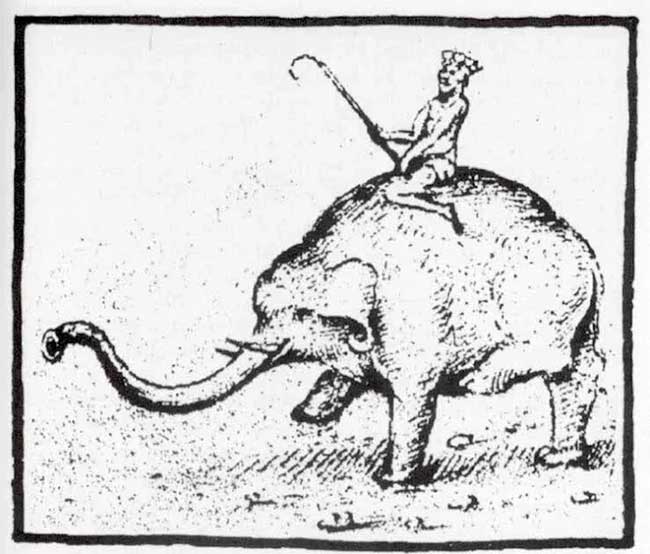
This elephant was named “Hanno” or “Annone” and belonged to Pope Leo X.
In 1997, he published his research findings in the journal “The Pope’s Elephant,” where among other things, he was able to piece together events leading to a living elephant residing in the Cortile del Belvedere in Rome. It was determined that the elephant’s name was “Hanno” or “Annone”, and it belonged to Pope Leo X.
In 1513, Pope Leo X was elected as Pope, and Hanno appeared alongside him a year later as part of the retinue of the Portuguese ambassador, quickly becoming a beloved figure in the Vatican. However, the most unusual aspect of the elephant was its pure white color.
White elephants are not a distinct species; rather, they are like white leopards or white cheetahs, resulting from a genetic mutation. Nevertheless, it is fair to say that any elephant residing in the Vatican would be something astonishing, regardless of its color.
Hanno was not a gigantic animal; standing about 4 feet (1.2 meters) tall and only four years old upon arriving in Rome, it was certainly viewed as an extraordinary and large creature by Italians in the early 1500s. Here, the question arises: what role did elephants play at that time in Rome?
King Manuel I of Portugal gifted Hanno to Pope Leo X. At the young age of 37, Pope Leo was elected to the papacy. As soon as he took office, he aimed to transform the Vatican into a center of Western culture by attracting artists to the area.
The gift from King Manuel – Hanno – was a highly anticipated present, demonstrating how far Portuguese traders had expanded. New popes frequently received gifts from Christian emperors.
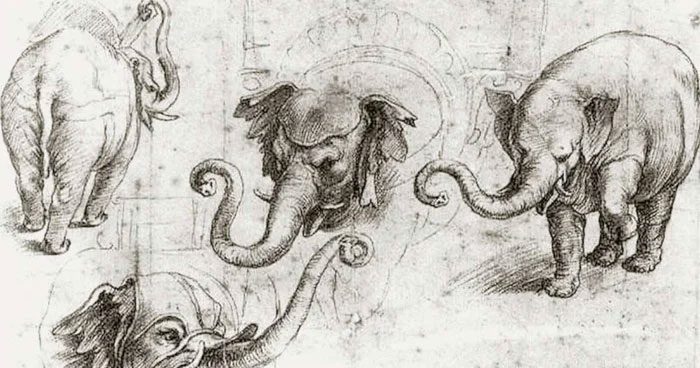
King Manuel I of Portugal gifted Hanno to Pope Leo X.
At that time, leaders from Portugal were famous for bringing exotic and strange animals as gifts to popes.
Therefore, people always anticipated that emissaries would arrive with some new creature for Europeans. However, King Manuel thought of bringing a gift more unique than those of previous emperors – who typically presented parrots, leopards, or monkeys. Instead, he would present the Pope with a gigantic elephant.
By 1514, the people of Italy knew what elephants were and were aware of Hanno’s arrival, but most Italians had never seen such a large animal up close. When Hanno was brought in, it passed through Rome from the Port of Hercules, drawing thousands of onlookers eager to see such a massive creature as it traversed the streets.
Hanno made quite an impression, particularly attracting attention from many people. It was seen parading through the streets with what was described as a silver tower on its back.
Upon arriving at the Pope’s residence, Hanno knelt and bowed low before rising to show respect. Then, Hanno seemingly sprayed water on all those gathered there.
However, Hanno was not personally cared for by Pope Leo X; instead, this elephant was specially cared for in the Courtyard of Belvedere, and Italians were allowed to meet Hanno on weekends.
Additionally, Hanno would leave its care area to roam the streets during festivals and other special occasions.
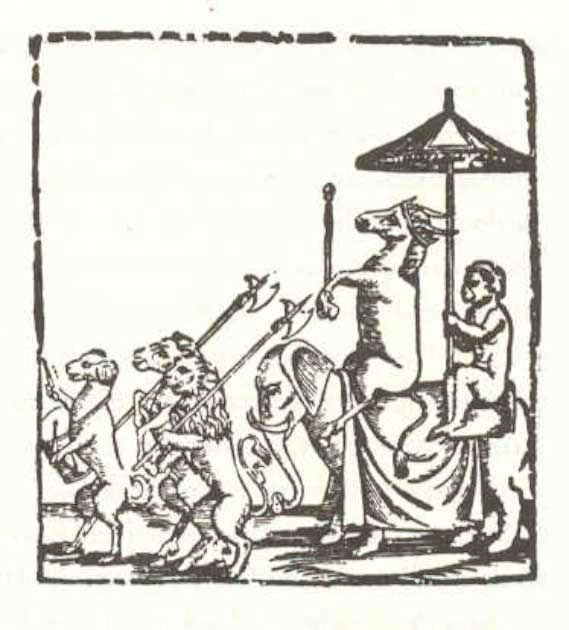
This elephant was specially cared for in the Courtyard of Belvedere.
Many artists and writers even celebrated the elephant in various media. Furthermore, a massive mural depicting this elephant was placed at the entrance of the Vatican by Pope Leo. Sadly, this magnificent mural was later destroyed.
However, some traces of Hanno can still be seen around the Vatican, on two frescoes in the Apostolic Palace, in the Stanza degli Arrazzi, and on a wooden mosaic on the door between the Stanza del Incendio del Borgo and the Stanza della Segnatura.
For all these reasons, Hanno was only a guest of the Vatican for a short time: the elephant did not adapt well to life in the Pope’s palace. Just two years after arriving in Rome, in 1516, Hanno died from constipation at the young age of 7.
Pope Leo X is always remembered as a lover of learning and a strong supporter of artists and writers. Although he may not have been the most politically active or successful pope, he was a man of great humanity, and after Hanno’s death, it was buried beneath the courtyard of the palace.








































